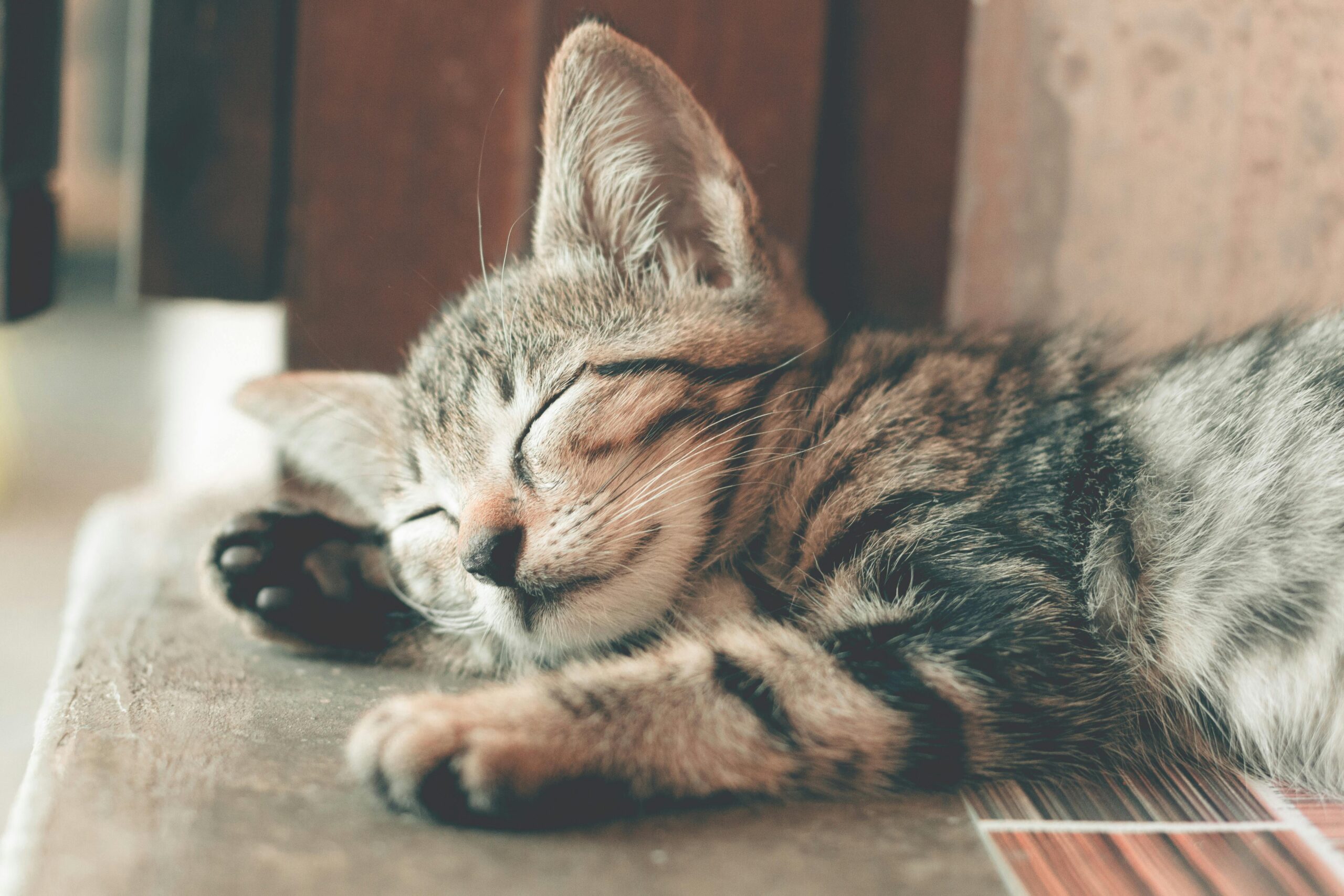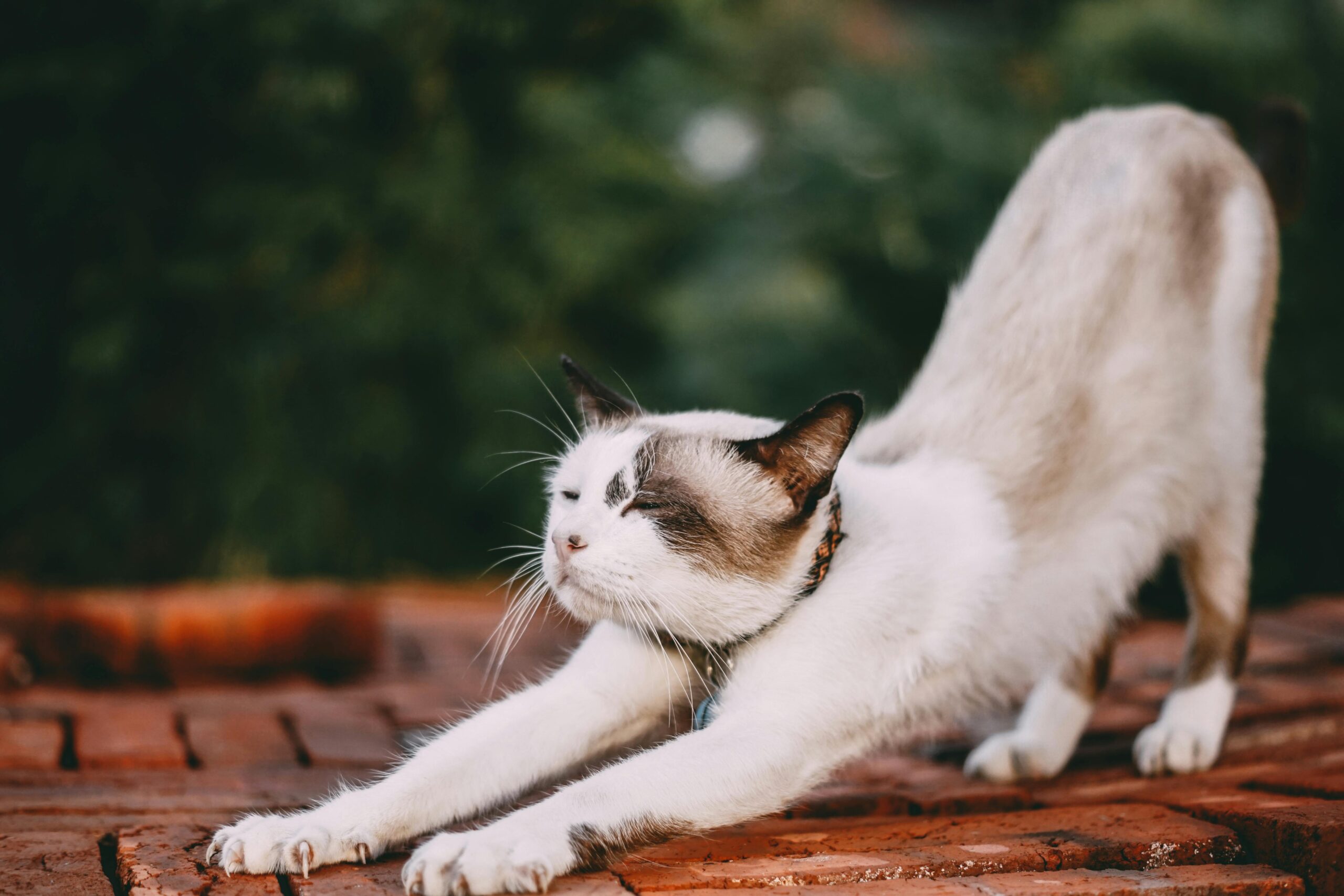For many pet owners, the joy of stroking their cat can be occasionally interrupted by a quite curious phenomenon: drool. It’s a common occurrence—still, have you ever wondered why your feline friend’s chin becomes soggy just when you think they’re at their most content? In this detailed exploration, we will uncover the reasons behind your cat’s affectionate drooling, when it’s benign, and when it might signal a concern. We’ll offer practical tips to manage this amusing but sometimes bothersome behavior, ensuring both owner and cat can enjoy these bonding moments to the fullest.
Introduction: Cats and Drooling
Cat drooling is a common behavior with various underlying reasons. While some drooling is normal, excessive or sudden drooling can indicate health issues. Contentment during petting or kneading, anticipation of food, and reactions to certain scents can lead to mild drooling. However, dental problems, nausea, or toxins may cause excessive drooling, necessitating veterinary attention. Some breeds, like Persians, are predisposed to more drooling. Observing patterns, maintaining dental care, and addressing potential health issues contribute to a holistic understanding and managing cat drooling. Regular veterinary check-ups are crucial for distinguishing between normal behavior and potential health concerns.
The Mysterious Elegance of Feline Behavior
Cats have long been celebrated for their enigmatic nature. Their behavior, a ballet of grace and quirk, is a perpetual fascination. Each cat has its treasure trove of habits and idiosyncrasies, from the playful contortions over a sliver of sunlight to the endearing full-body purr that comes with a nuzzle.
The Commonality of Drooling
While some actions are wholly unique to certain individuals, others are universal—such as drooling. In the animal kingdom, it’s not just Pavlov’s dogs salivate. Many mammals, including cats, share this trait, but the underlying reasons can be as varied as they are interesting.
Why Cats Drool When Petted
Cat drooling goes beyond a simple response to tasty treats; it’s a nuanced behavior that often signifies profound satisfaction or comfort. Delving into the myriad reasons behind feline drooling can significantly enhance your understanding of your cat’s overall well-being and emotional state.
From the joyous contentment experienced during affectionate petting sessions to potential indicators of dental issues, recognizing the diverse triggers for drooling allows for a more comprehensive and attentive approach to your cat’s care. By being attuned to these subtleties, you can better address their unique needs and foster a stronger bond with your feline companion, promoting your beloved pet’s happy and healthy life.
Natural Responses to Stimulation
Stroking your cat can evoke a parasympathetic nervous system response, often denoted by a drop in their heart rate and drooping eyelids. This relaxation response goes one step further for some cats, triggering drooling alongside the purring.
A Sign of Contentment or Relaxation
Many cats drool when they feel particularly content. This response, known as the “bliss response,” can be accompanied by kneading, slow blinking, and a general sense of relaxation.
Medical Conditions that May Cause Excessive Drooling
While occasional drooling during pets is relatively normal, excessive, or out-of-context, drooling can be a sign of a more serious issue, such as dental problems, oral tumors, or even toxins ingested. Watch for sustained drooling, particularly if it’s coupled with other signs of distress.
When to Worry: Identifying Normal vs. Abnormal Drooling
Differentiating between normal petting-induced bliss and potential health concerns is crucial when your cat drools. Understanding the reasons behind feline drooling is essential for responsible pet ownership. While contentment during affectionate moments commonly triggers drooling, it’s vital to recognize abnormal patterns that may signal dental issues, nausea, or other health issues. Regular veterinary check-ups, dental care, and observing behavioral cues help ensure a holistic approach to your cat’s well-being, distinguishing between harmless drooling and potential health red flags.
Behavioral Cues to Differentiate Between Normal and Concerning Drooling
Normal drooling during petting or relaxed states is usually limited and does not occur outside these contexts. Cats may even show an increase in drooling during grooming sessions.
Drooling, however, often involves a larger volume of saliva and can happen anytime, even during stress or inactivity. It’s important to note changes in quantity and frequency.
When a Veterinarian Consultation Is Recommended
If you observe your cat drooling outside of normal contexts, notice an increase in frequency or volume, or the drool is thicker and more mucous-like, it’s time to schedule a visit to your veterinarian to rule out any potential underlying health issues.
Tips for Managing Cat Drooling
Mitigating excessive cat drooling during petting involves creating a comfortable experience. Begin by observing your cat’s preferences, focusing on gentle strokes and areas they enjoy. Gradual acclimatization to petting and incorporating positive reinforcement can reduce stress-related drooling. Regular grooming and dental care contribute to overall comfort, preventing potential triggers for excessive drooling. Being attuned to your cat’s signals and adjusting your approach accordingly fosters a positive interaction, ensuring a more enjoyable and drool-free petting experience.
Proper Dental Care and Hygiene
In many cases, sudden excessive drooling is related to oral discomfort. You’ll often find their drooling reduced by implementing a dental care regimen for your cat—including regular brushing and dental check-ups.
Handling Techniques to Minimize Drooling
How your pet interacts with your cat can also affect saliva production. Gentle, slow strokes are often less likely to cause over-excitement and drooling.
Creating a Comfortable Environment for Your Cat
Cats are highly sensitive to their environment, and any stress or discomfort can result in unusual behavior. Ensure your cat has a safe space, free from excessive noise or other pets, where they can relax and escape if needed.
Conclusion
Delving into the reasons behind your cat’s drooling provides a fascinating insight into the intricate world of feline behavior. This small but meaningful window into their actions allows you to connect more deeply with your pet. However, it’s not just about understanding; it’s about taking proactive steps to ensure their happiness and health.
Observing those drool-inducing moments becomes a crucial aspect of responsible pet ownership. Recognizing when to take action, whether addressing contentment during petting sessions or investigating potential dental issues, empowers you to provide the best care for your furry companion. It’s essential to remember that each cat is an individual, and what may be considered normal behavior for one might cause concern in another.
Patience and a discerning eye are your allies in deciphering the drool. With these qualities, you can navigate the subtle cues that your cat provides and tailor your care accordingly. This enhances your bond and ensures your cat’s happiness and well-being.
So, the next time you indulge in some quality petting with your feline friend, be prepared for a little drooling—it’s just another charming element that adds to the wonderfully unique personality of each cat. Embrace the individuality of your pet, and in doing so, create a more fulfilling and enriching companionship.




